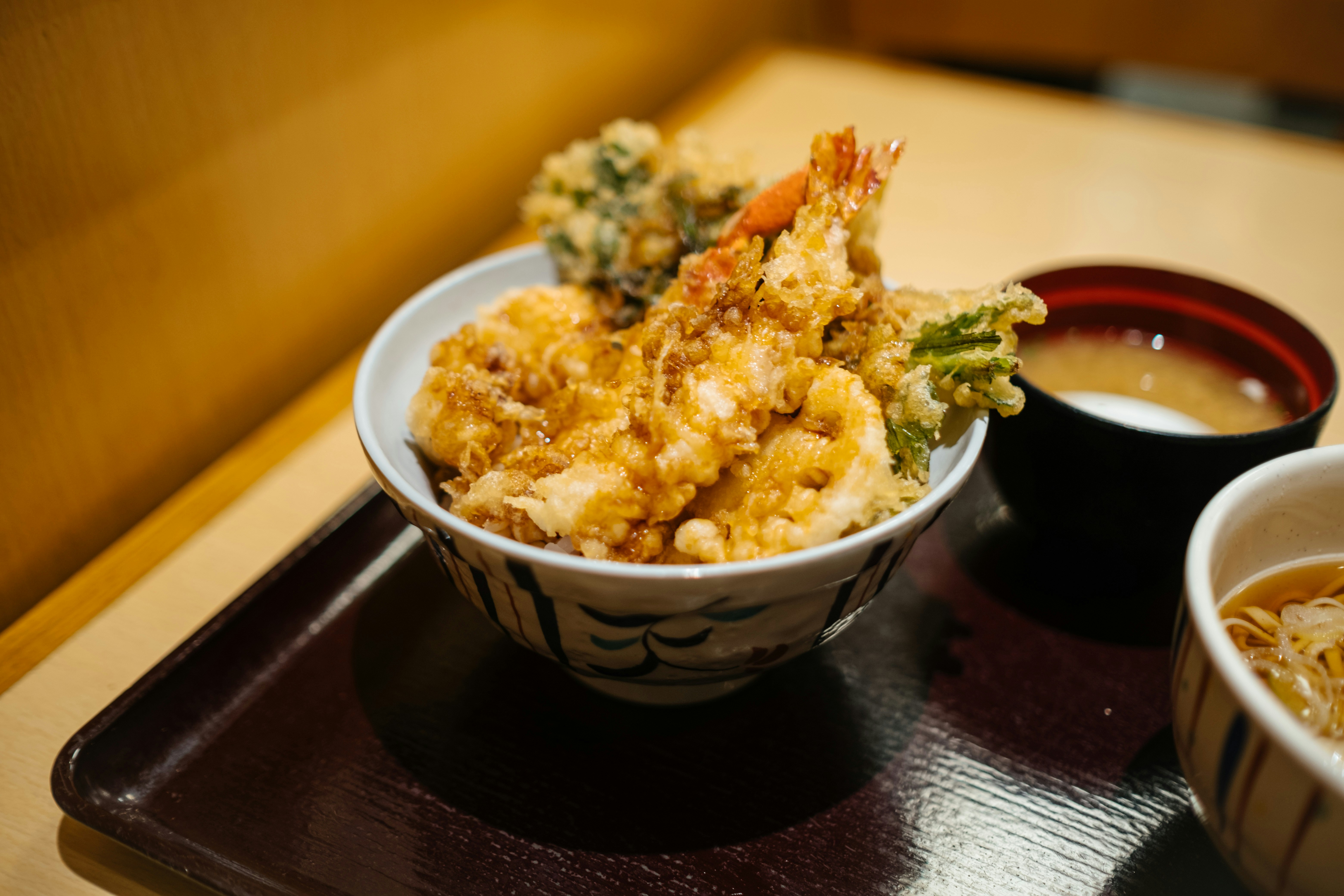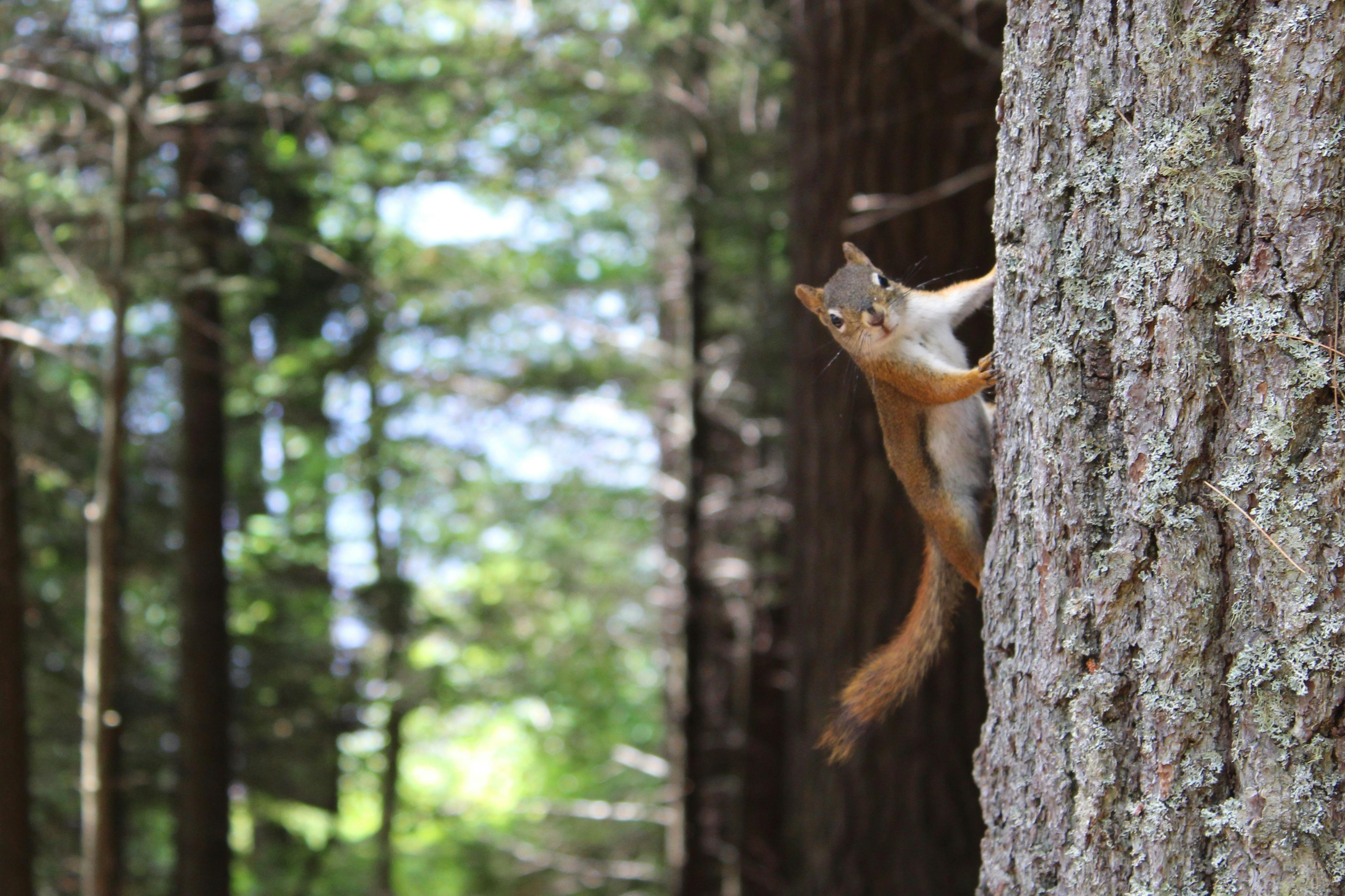The Blooming Blossom of Edible Flowers in Gastronomy
Step into the world of edible flowers, where the line between the garden and the plate blurs, and the culinary world is redefining the way we perceive and interact with our food. This article will guide you on a journey of discovery and inspiration, exploring the innovative use of edible flowers in cooking.

Petals on Your Plate: A Colorful Introduction
Edible flowers are not a new concept, yet they are presently experiencing a renaissance in the culinary world. Chefs all over the globe are incorporating these beautiful and flavorful blooms into their dishes, transforming traditional meals into visually stunning and gastronomically inventive experiences.
The Edible Garden: An Array of Flavors
Edible flowers come in a multitude of flavors, textures, and colors. From the peppery tang of nasturtiums to the sweet, clove-like flavor of carnations, each bloom brings a unique and exotic twist to any dish. They can be used to garnish salads, flavor ice creams, or even serve as a cocktail ingredient, offering an array of creative possibilities.
The Aesthetic Appeal: Visual Cuisine
The aesthetic appeal of edible flowers is undeniable. Their vibrant colors and intricate forms can transform any dish into a work of art. Moreover, the visual aspect of food is becoming increasingly important, with Instagram and other social media platforms influencing the way we perceive and interact with our meals.
Health and Nutrition: Not Just a Pretty Plate
Edible flowers aren’t just about aesthetics. They also provide vital nutrients, including vitamins, minerals, and antioxidants. For instance, marigolds are rich in lutein, a compound important for eye health, while roses are packed with vitamin C. Therefore, these blooms are a beautiful way to inject some nutrition into your dishes.
The Future of Edible Flowers: Beyond the Garden
The use of edible flowers in gastronomy is still evolving. With more research and experimentation, we can expect to see a wider variety of blooms on our plates in the future. Additionally, as the interest in sustainable and locally sourced food continues to grow, so too will the popularity of edible flowers.
Interesting Facts and Insights:
-
Edible flowers have been used in cooking for thousands of years. The Ancient Romans, Chinese, and Indians all incorporated them into their dishes.
-
Not all flowers are safe to eat. Always ensure that the blooms are edible and have not been treated with pesticides.
-
Flowers can also be used in teas, infusions, and even to make vinegars and oils.
As we’ve seen, edible flowers open up a world of culinary possibilities. They challenge the traditional boundaries of cooking, offering a unique combination of taste, texture, and visual appeal. Plus, they are an excellent way to add some extra nutrition to your dishes. So why not add some color and creativity to your cooking by stepping into the blossoming world of edible flowers? Their charm and versatility might just surprise you.





